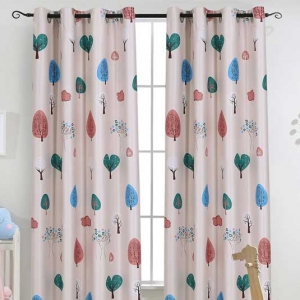Plushies, also known as stuffed animals or soft toys, are beloved items that bring comfort and joy to people of all ages. From childhood companions to collectible items for adults, the materials used in plushie production are carefully selected to ensure that these toys are soft, durable, and safe. This article delves into the common materials used to create plushies and the roles these components play in shaping the perfect cuddle-worthy companion.

Fabric Coverings
The outer material of a plushie plays a crucial role in its appearance and tactile experience. Common fabrics used include:
Polyester Fabric: This is the most common material for plushies due to its softness, durability, and affordability. Polyester is a synthetic fiber that holds up well against wear and tear, making it ideal for toys that are frequently handled.
Cotton: Some high-quality plush toys are made with cotton coverings, which are natural, breathable, and soft. Cotton is often used for plushies marketed as eco-friendly or hypoallergenic.
Faux Fur and Minky Fabric: These fabrics add texture and luxury to plush toys, mimicking the feel of real animal fur. Minky fabric, a type of plush polyester knit, is particularly popular for its ultra-soft and smooth feel.
Velour: A plush, knitted fabric that has a soft pile and is often used for baby plush toys due to its gentle touch.
Stuffing Materials
The interior stuffing of a plushie determines its softness, shape retention, and overall feel. Common stuffing materials include:
Cotton Fill: Some plushies, especially handmade or artisanal ones, may use cotton stuffing. Cotton is natural and can be biodegradable, appealing to environmentally conscious consumers.
Memory Foam and Microbeads: Higher-end custom plushies or specialized comfort toys sometimes use memory foam or tiny microbeads as stuffing. These materials provide a unique, moldable quality that helps the plushie conform to the user’s shape.
Recycled Materials: An increasing number of plushies are made with recycled polyester fiber or other sustainable materials to promote eco-friendly practices in the toy industry.
Additional Elements
Depending on the complexity and design of the plushie, additional materials may be included:
Plastic or Safety Eyes: The eyes on plushies are often made from durable plastic and are secured with safety backings to prevent detachment, making them safer for children.
Embroidered Features: To avoid potential choking hazards, many plushies have embroidered eyes and facial features instead of attached parts. This method adds a layer of safety and durability.
Accessories and Clothing: Plushies may come with fabric clothing or accessories, which are typically made from cotton or polyester blends. These elements are often designed for removable play or sewn-on details.
Wires or Jointed Parts: Some plushies, particularly collectible or poseable ones, may include internal wiring or joints to make limbs movable. These parts are encased in soft material to maintain the plushie’s huggable nature.

Safety and Regulations
Plushies, especially those intended for children, must adhere to strict safety standards. Materials are often flame-retardant and free from harmful chemicals or allergens. The stitching and construction must be robust enough to withstand pulling and play without tearing or exposing the stuffing.
Specialty Materials
High-end plushies or custom-made plush toys may incorporate specialty materials such as:
Organic Cotton and Natural Fibers: For environmentally friendly options, some plushies are crafted from organic cotton and natural fibers that are free from synthetic dyes and chemicals.
Silk and Satin Accents: Used in luxury plush toys, these materials provide a soft, smooth touch that adds a premium feel to the toy.

In summary, plushies are made from a combination of carefully chosen materials designed to provide comfort, durability, and safety. From the soft fabric on the outside to the fluffy filling inside, each component is selected with the user experience in mind. Whether it’s a simple teddy bear or an elaborate character plushie, the materials used contribute to its quality, making it a treasured companion for years to come.







